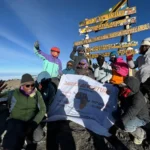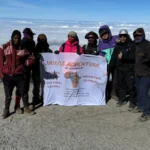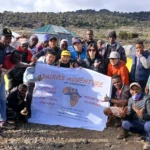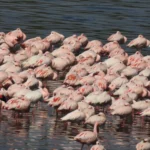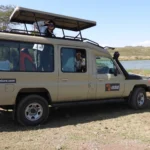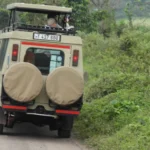Climb Mount Kilimanjaro
The Ultimate Climb Mount Kilimanjaro Guide Tanzania
At 5,895 meters (19,340 feet) above sea level, Kilimanjaro rises. It is known as the ‘Roof of Africa’ and is the tallest free-standing peak in the entire world. One of the most visited tourist destinations on the continent is Mount Kilimanjaro. Every year, more than 40,000 people go there. Its appeal is due to a few straightforward factors. Climbers don’t need technical climbing abilities to complete this breathtaking excursion.
What are the Climb Mount Kilimanjaro Best Routes
All one needs is a healthy average level of fitness to reach the top. For this reason, many people start their Seven Summits expedition from Mount Kilimanjaro. We developed this handbook to help climbers be ready for their once-in-a-lifetime experience on Kilimanjaro. The suggestions listed below are all the outcomes of our extensive seven-year Kilimanjaro experience.
A scenic route that takes about eight days to complete. It starts in the west at Londorossi Gate and joins the Machame Route on the third day.
A moderately difficult route with varying terrain and elevation changes. It has a summit success rate of around 95%.
A 5–6 day route that’s considered the easiest but is also the busiest. It’s the only route with accommodation, but it has a lower success rate.
- Climb Mount Kilimanjaro Via Northern Circuit
A 9-day route with an average summit success rate of over 95%. It’s the safest and most effective route if you have the time and want to avoid the more popular routes.
A 7-day camping route that’s less crowded and easier than the southern slopes. It’s also known as the Loitokitok Route and starts near the border with Kenya.
- It is a short, steep, and direct route that’s considered the most difficult route on Kilimanjaro. It doesn’t provide enough time for climbers to adjust to the low-oxygen atmosphere.
What Mt. Kilimanjaro routes does Upward Bound use for group climbs?
Here at Jairos Adventure, we handpicked the best routes for our group adventures carefully. We do this to make sure that acclimatization profiles and scenic views are considered. Most of our join groups will always have seven-day variations of the Lemosho route, Machame route, and Rongai route. We highly recommend these seven-day adventures instead of the shorter six-day options because the acclimatization would be better and there would be higher chances of summiting Kilimanjaro.
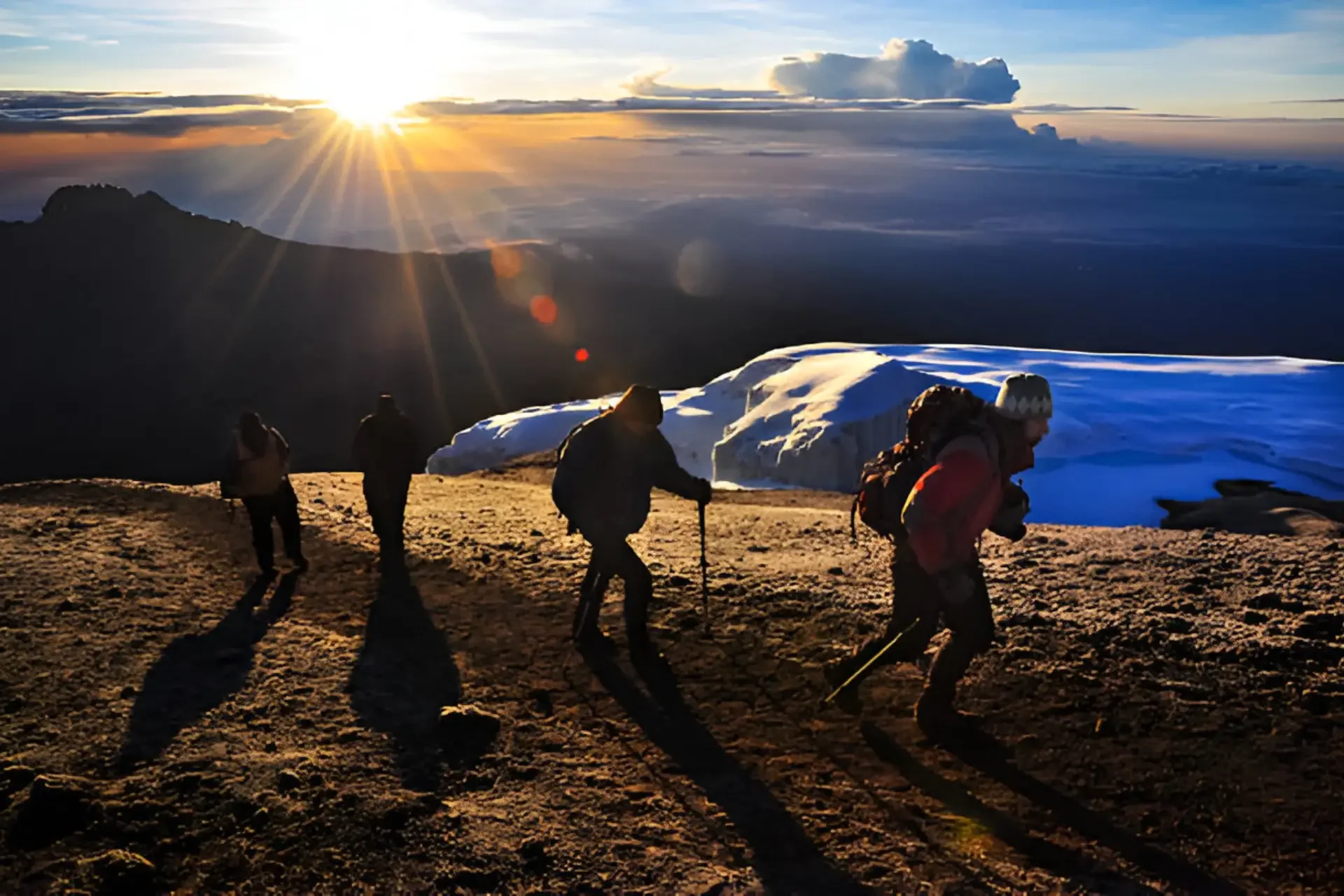
8 & 7 Days Lemosho route
The Lemosho Route has become famous and very attractive among climbers who want to try scaling Mount Kilimanjaro, thanks to its great budget for acclimatization and sightseeing. Trekkers begin their journey at the Lemosho Gate and walk through rainforests, then alpine meadows, and rocky grounds before finally reaching the summit at Uhuru Peak (5895 m or 19340 f). The itinerary normally incorporates a gradual rise to some points enabling acclimatization which greatly enhances the possibility of reaching the summit.
The route distance is about 70 km (42 miles) which is covered in eight days and has the captivating altitudes of Kibo and Mawenzi peaks, abundant wildlife, as well as special plant species like Impatiens Kilimanjaro which is found only in the region. The trek can be difficult with high altitude and unpredictable weather but the trek is purposely slow allowing enough time for the climbers to rest and recuperate. This makes it possible for hikers with average fitness covering this eastern region of Africa, to go in one of the most interesting climbs this continent has to offer.
7 & 6 Days Machame route
The Machame route also referred to as “the Whiskey Route”, is the second-most popular among the various routes on Kilimanjaro. It presents a variety of views, landscapes, and experiences.
Mount Kilimanjaro will be accessed by Machame Gate located on the southern slope of the mountain which will hike you to the summit of Kilimanjaro through an exciting trekking footpath from the tropical forest, followed by passing through all the climatic zones to finish with the Arctic desert right in the summit area.
There are camps with good provisions along the trail for easy and gradual acclimatization. On the 3rd day, Machame Route merges with Lemosho and Umbwe at Barranco camp.
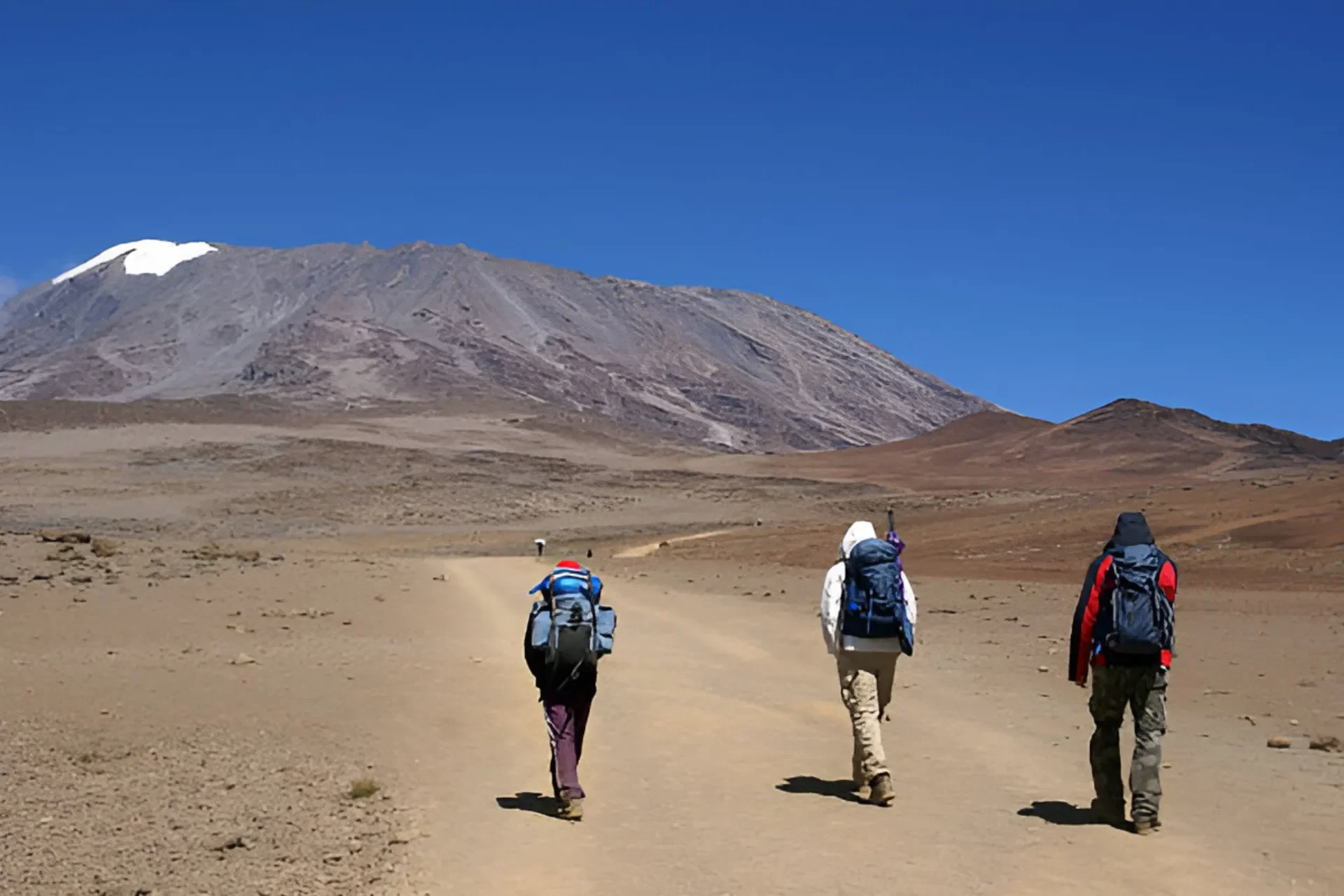

6 Days Lemosho route
Emerald top fronds fill up the foreground with tight trees against the crown of stone ash-colored mountains of Kilimanjaro in the backdrop, whose peaks are topped with snow. The journey takes one to the golden dunes of the desert and the soft beds of the ice fields before climbing the summit. Those landscapes, with their varying sceneries, are simply marvelous.
The preferred 6-day Marangu Route commonly used is indeed because of its clear-cut nature of the trail and gentle slope increase. Would you like to give up the comfort of sleeping in a bed? Fear not! It’s the only path that offers any accommodation-the Marangu route.
Sleeping huts, much like ones found in dormitories, have a sponge mattress and pillow in each bunk bed; also, bathrooms and running water are found at the lower huts. Kibo uses a basic latrine system and buckets of water are available. The 6-day Marangu Route is highly recommended by specialists for the extra acclimatization day. All hikers eat their breakfast and evening meals in a dining hut making this a very convivial and social environment.
7 & 6 Days Rongai route
In a rich scruffy gold prairie, which is the northern portion, Kilimanjaro is covered by its base. The epic wildlands of Masaai play host to those elephants, monkeys, and glimmering forms of much darker buffalo. Intermingled with the aerials of the colorful flocks are East Africa’s hottest birdlife flying through clear blue skies.
The more peaceful travel experience on the Rongai Route gyrates through the various climate zones. Its bright top is burned into clarity, with long spears of fine emerald piercing the snow in unusual directions. The enchanted cloud forest tempts like a beating heart-very lush, very extravagant.
Beautiful scenery is offered on the long drive to the gate of the Rongai Route, Moderate difficulty is rated for the 6-Day Rongai Route trek. In the rainy season, this trail tends to be a favored option because it has less precipitation, thereby providing a drier base for comfortable enjoyment.


6 Day Ubwe route
The Umbwe Route is steeper and shorter than the Machame Route. Once at the Barranco Hut you continue on with the other Machame hikers. The descent is down the Mweka trail.

